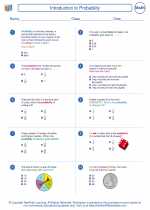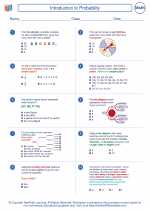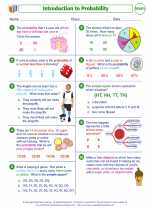Regression Analysis
Regression analysis is a statistical method used to examine the relationship between one dependent variable and one or more independent variables. It is commonly used to predict the value of the dependent variable based on the values of the independent variables. The most common form of regression analysis is linear regression, which involves fitting a straight line to the data points in order to model the relationship between the variables.
Types of Regression Analysis
There are several types of regression analysis, including:
- Simple linear regression: This involves a single independent variable used to predict the value of a dependent variable.
- Multiple linear regression: This involves two or more independent variables used to predict the value of a dependent variable.
- Polynomial regression: This involves fitting a polynomial function to the data points, allowing for more complex relationships between the variables.
Steps for Performing Regression Analysis
- Collect and organize the data: Gather the data for the dependent and independent variables, and organize it in a suitable format for analysis.
- Choose the appropriate regression model: Determine which type of regression analysis is most suitable for the given data and research question.
- Fit the regression model: Use statistical software or tools to fit the regression model to the data and obtain the equation of the regression line or curve.
- Assess the model's goodness of fit: Evaluate how well the regression model fits the data by examining measures such as the coefficient of determination (R-squared) and the residual plots.
- Make predictions and draw conclusions: Use the fitted regression model to make predictions about the dependent variable based on the values of the independent variables, and draw conclusions about the relationship between the variables.
Study Guide for Regression Analysis
When studying regression analysis, it's important to focus on the following key concepts:
- Understanding the difference between the dependent and independent variables.
- Knowing the assumptions of regression analysis, such as linearity, independence, and homoscedasticity.
- Learning how to interpret the coefficients of the regression equation and their significance.
- Understanding how to assess the goodness of fit of a regression model using measures like R-squared and residual analysis.
- Practicing how to perform regression analysis using statistical software or tools.
Additionally, it's helpful to work on sample problems and real-world applications of regression analysis to reinforce your understanding of the concepts.
Remember, regression analysis is a powerful tool for analyzing and modeling relationships between variables, and mastering this topic can open up a wide range of applications in fields such as economics, finance, biology, and social sciences.
.◂Math Worksheets and Study Guides Seventh Grade. Introduction to Probability

 Worksheet/Answer key
Worksheet/Answer key
 Worksheet/Answer key
Worksheet/Answer key
 Worksheet/Answer key
Worksheet/Answer key
 Worksheet/Answer key
Worksheet/Answer key
